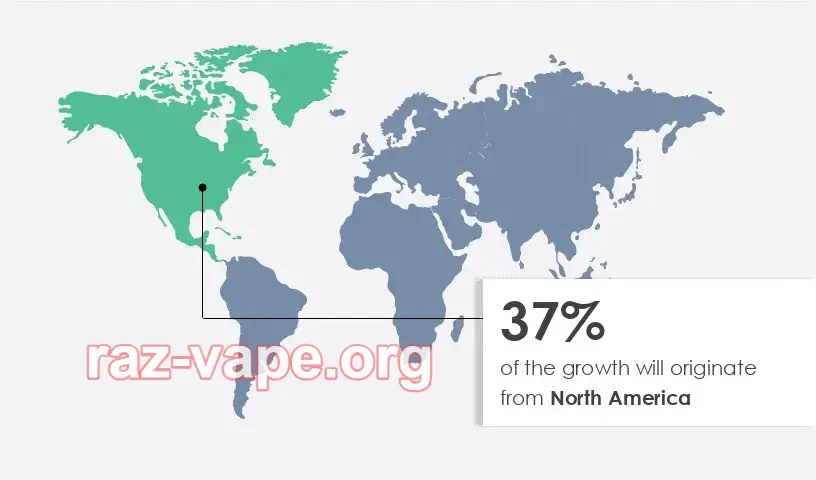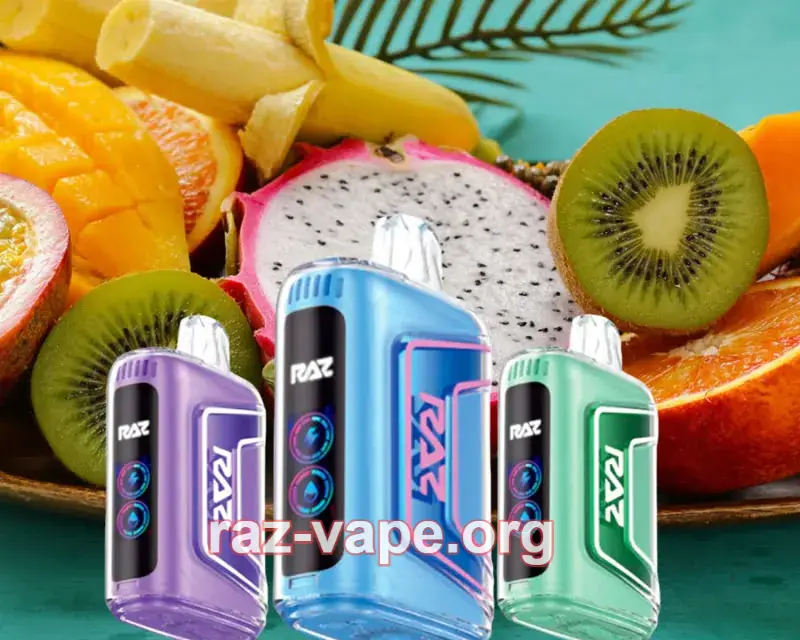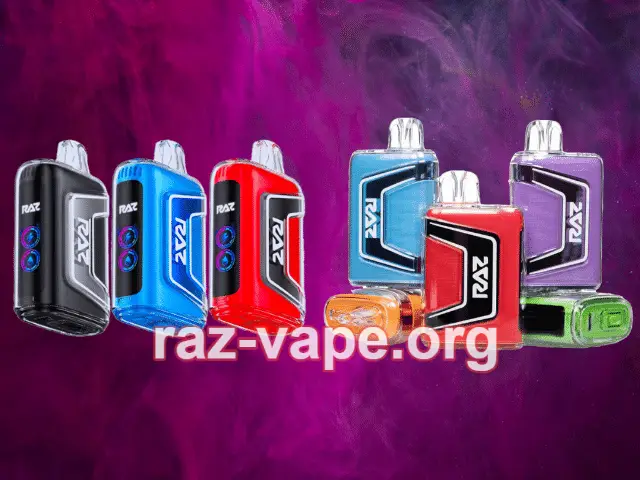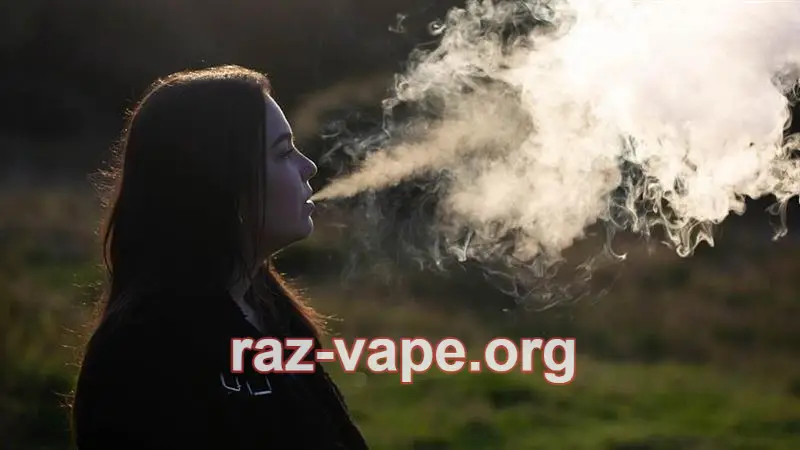Vape Market Set for Explosive Growth: What’s Fueling the Boom?
Vape Market Set to Surge by $35.9 Billion: Is the Vape Craze Here to Stay?
The global vape market is poised for an explosive growth spurt in the next five years, with experts predicting a jaw-dropping $35.9 billion increase by 2028. According to a recent report by market research firm Technavio, the vape industry is set to experience a compound annual growth rate (CAGR) of 18.09%, marking a radical shift in consumer habits and demand for alternatives to traditional tobacco products. But with this meteoric rise, there’s a lot more going on beneath the surface, from innovations in technology to concerns about health and regulation. So, what’s really driving this “vape revolution,” and can it continue to scale amid growing scrutiny?
(North America is forecast to contribute 37% of the global market growth)
The Vape Boom: What’s Behind the Explosion?
It’s no secret that vapes have gone from niche products to mainstream phenomena over the last decade. What used to be an underground trend now shows up in everyday conversations, and it’s hard to scroll through social media without seeing someone puffing away or talking about their latest vape setup. But the reason behind this massive shift goes beyond just aesthetics or celebrity endorsements.
First off, vapes are often marketed as a safer alternative to traditional cigarettes, which is a big selling point for smokers looking to kick their old habits. Unlike regular tobacco, vapes don’t burn tobacco leaves or release carcinogens into the air, making them appealing to those who want to quit smoking but still crave the “habit” without as much of the health risk. Sure, there’s still a lot of debate on how much healthier they really are, but for many, the perception of being “safer” has been a powerful motivator.
On top of that, the tech behind vapes has evolved dramatically. No longer just basic e-cigarettes, today’s vape devices are sleek, high-tech, and customizable. Whether it’s pod-based systems, disposable vapes, or high-powered mods, there’s something for everyone, and the user experience has never been better. These devices have become highly sophisticated, offering longer battery life, better vapor production, and more options for flavor customization. Flavors, by the way, have become a massive part of the appeal, with everything from fruity concoctions to dessert-inspired vapes offering something for even the pickiest vapers.
The Flavor Factor: A Sweet Incentive for Younger Audiences

Let’s talk about flavors because, honestly, they’re a game-changer. When vapes first hit the market, they were mostly associated with tobacco and menthol flavors, mimicking the traditional cigarette experience. But now, thanks to the rise of creative and tasty vape juices, the market has become a candy store for adults. You’ve got everything from bubblegum to watermelon, and even flavors that taste like your favorite cereal or candy bars.
For younger users, flavors aren’t just a fun addition—they’re the driving force behind why so many teens and young adults are drawn to vaping in the first place. When you can choose between a fruity, berry-packed vape or something that tastes like a decadent dessert, the temptation becomes all the more irresistible. Reports suggest that flavored vapes are especially popular among first-time users, and while there are debates over whether or not flavors should be banned to deter underage use, the demand for fun and unique flavor options is undeniable.
The thing is, while flavors make vaping fun and appealing to many, they’ve also raised alarms for health professionals, educators, and lawmakers. The FDA has recently stepped up its game in regulating flavored vapes in a bid to curb the rise of teen vaping. But in the meantime, these flavors continue to fuel the market’s rapid expansion, particularly in North America, which is expected to account for 37% of global market growth by 2028.
Big Players in the Vape Space: Who’s Leading the Charge?
As the market heats up, major players in the tobacco and consumer goods industries are diving in headfirst, eager to grab their share of the booming market. Companies like Altria, British American Tobacco (BAT), and JUUL Labs Inc. are leading the charge, pouring billions of dollars into research and development to create the next big thing in vaping. Each of these giants has been experimenting with different vape devices, expanding product lines, and acquiring smaller brands to build their empire in the rapidly expanding sector.
For example, JUUL, one of the biggest names in the game, rose to prominence with its sleek pod-based vape systems and high nicotine content, making it particularly popular among younger users. Despite facing a ton of scrutiny and legal battles over underage vaping, JUUL has managed to maintain a significant market presence. Altria, which owns a stake in JUUL, also holds a strong position in the industry, positioning itself as a leader in the “smoke-free” category with their own range of vaping products and nicotine pouches.
And let’s not forget about BAT, which has been aggressively expanding its portfolio of vape brands, including Vuse and Vype. The company has set ambitious targets for converting traditional smokers to its "reduced-risk" products, which include vapes, heated tobacco devices, and nicotine pouches. With billions already invested into this shift, these companies are betting big on the future of vaping, and they’re pushing the boundaries of innovation to meet growing consumer demand.
Health Concerns: Can the Vape Industry Keep Its Promise of Safety?
Despite all the shiny new gadgets and tantalizing flavors, the vape industry still faces major challenges, the biggest one being the lingering question of health risks. Sure, vaping is often promoted as a safer alternative to smoking, but recent studies have raised concerns about the long-term effects of inhaling vape liquids. While they don’t contain many of the harmful chemicals found in traditional cigarettes, vapes are far from harmless.
Health experts have raised red flags about the potential risks of vaping, particularly regarding the chemicals in e-liquids. Some studies have linked certain ingredients, such as diacetyl, to lung diseases, and there’s growing concern over the effects of inhaling nicotine in high concentrations. The long-term impact on cardiovascular health, lung function, and overall well-being remains uncertain, which is why regulators are so cautious in their approach to the industry.
For example, the U.S. Centers for Disease Control and Prevention (CDC) and the FDA have both issued warnings about the potential risks associated with vaping, including cases of lung injury associated with vaping THC-containing products. Additionally, while vaping is seen as a way to help smokers quit, there’s no clear consensus on how effective it is as a smoking cessation tool. Some users might end up becoming lifelong vapers, and others might even use vapes to supplement traditional cigarettes, which is obviously counterproductive to the health benefits that vaping is supposed to offer.
The Regulatory Maze: What’s Next for the Vape Industry?
As the vape market grows, so too does the regulatory landscape surrounding it. Different countries have different rules and restrictions regarding the sale and marketing of vapes, and these laws are continuously evolving. In the U.S., the FDA has been grappling with how to regulate vaping products and ensure that they don’t fall into the hands of minors. While the agency has approved some products, many others remain under review, and there’s still a lot of debate over whether flavored vapes should be banned altogether.
Internationally, some countries, like Australia and New Zealand, have implemented strict regulations on vaping, while others, such as the UK, are more lenient and view vaping as a legitimate tool for smoking cessation. The patchwork of regulations makes it tough for companies to navigate, especially when they’re trying to scale up their operations across borders.
In the U.S., there’s also the issue of state-level restrictions, with some states, like California, leading the charge on banning flavored vapes and increasing taxes on vape products. This patchwork of local laws, combined with federal oversight, means that vape companies have to be constantly adjusting to changing rules.
So, Is Vaping the Future or Just a Fad?
The question everyone is asking: Will vaping continue to soar, or is it just a passing trend? While the future remains uncertain, one thing is clear: the vape industry is growing at an unprecedented rate, and its influence is undeniable. As the technology improves, the range of flavors expands, and public perceptions continue to shift, vaping will likely remain a central part of the conversation around smoking and alternative nicotine delivery.
The real question is: Can the industry maintain its momentum while addressing the health concerns that come with it? And, how will regulatory bodies handle the increasing pressure to protect consumers, especially young ones, from potential harm? It’s a delicate balance, but one that will shape the future of the vape market for years to come.
For now, it seems like the vape craze is far from over. With a massive increase in market size expected over the next few years, expect to see more brands, more innovations, and more debate over the pros and cons of vaping as the industry continues to grow. Stay tuned!


